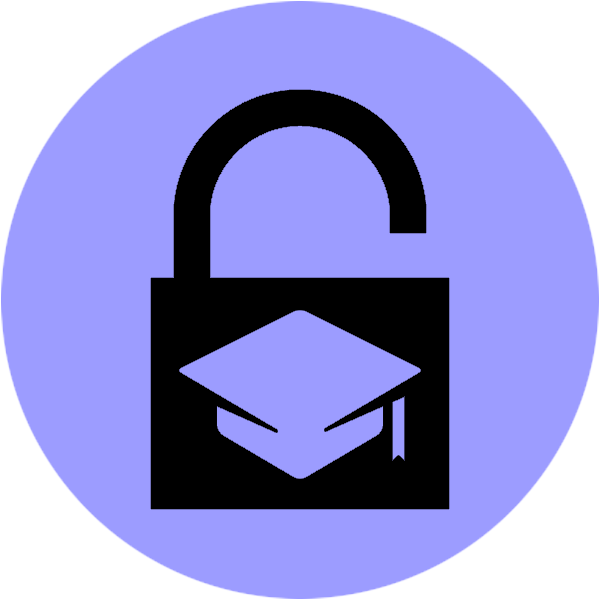To develop a project related to open education, it may be helpful to review the Open Education Unit Shared Reflections . The reflections were developed to explore the ways open research could be applied to the work of the POSE cohort. The reflections will provide examples of how to apply open education into practice and the steps needed to accomplish that application.

Sample Open Education Project
The following are examples of how to apply your knowledge from the Open Education unit.
Example 1 – Transition to Open Pedagogy
Having learned about open pedagogy through the POSE program, I want to explore the possibility of incorporating OP into my ANTH 310 course, Anthropology of Gender. Currently my students write a 12-page paper that explores how gender is understood and how gender is learned within a cultural context (chosen by the student). This work is invaluable as this information is difficult to find within our current literatures and requires a great deal of research and critical synthesis of resources. I think this work could benefit a bigger community than just our classroom environment, and through open sharing the students could engage in authentic participation in knowledge creation.
For my project, I am going to take the time to evaluate one of my course assignments with a focus on re-developing it with open pedagogical practices in mind. I want to explore a few examples I’ve learned in the POSE program to consider incorporating one of them into my course, including Wikipedia-based assignments, co-creation of an open text, and an Anthropology of Gender blog.
For my project I will do the following:
- Attend a Learning Lounge to talk through my current assignment and ask questions about the possible integrations I identified above (e.g. Wikipedia, open text, blog)
- Review my course syllabus and course assignment for possible needs and requirements for the students and myself to transition to an open assignment
- Review examples provided by Open UBC on Wikipedia-based assignments, open texts, and blogs
- Select one of the assignment options and re-develop the assignment, identifying next steps needed to “make it happen” in my course
Example 2 – Share Educational Resources in a Repository
Over my 10 years of experience as an Equity, Diversity, and Inclusion Officer, I have developed many instructional resources — slide decks, videos, infographics — that have ended up sitting on my hard drive after my instruction was delivered or put inside a closed system (e.g. Learning Management System) that only my immediate participants can access. I’ve always felt that I could take a more active part of open educational practices by sharing the content I’ve created to not only benefit others but to give additional life to the content beyond my instruction. The problem? I’ve never taken the time needed to do this work. The capstone project is giving me the chance to begin this work and understand the workflows needed to make this a part of my ongoing practice.
For my project, I am going to review the resources I have created for a series of workshops I developed on gender at work and transformative leadership. The review will focus on preparing the resources for sharing in the open education community.
For my project I will do the following:
- Gather together the resources I would like to share
- Select a repository from the UBC Library Open Education guide
- Evaluate my resources for any copyright and attribution issues that may impede me from sharing
- Select a Creative Commons license using the license builder and attach the license to my resources
- Upload my resources and share on my Twitter account and with the #POSEUBC hashtag
Example 3 – Developing a Chapter in Pressbooks
For the past 5 years I have taught a course on technical writing and, having not found a suitable text for my course needs, I have used a text that I have developed and added to during this time. I developed the text in Word, and I share it with my students as a PDF at the beginning of the course. The text is now 15 chapters and includes knowledge-testing quizzes and activities. In thinking about what I have learned during POSE, I would like to have this text in a more adaptable format that I can also share with other instructors of technical writing.
For my project, I am going to investigate Pressbooks and test the functionality, including H5P interactives, using a sample chapter of my text. I will pay close attention to whether Pressbooks meets my needs and the requirements I may have if I decide to develop a full open textbook using Pressbooks.
For my project I will do the following:
- Sign-up for Pressbooks Training through UBC Library or review training videos from BCcampus
- Review the Open Textbook Publishing Style Sheets to develop a style for my chapter
- Create a Pressbooks account with BCcampus and, using a sample text chapter, load my content
- Review H5P interactives (available in Pressbooks) for possible inclusion in the chapter
- Evaluate whether the tool works for my needs
